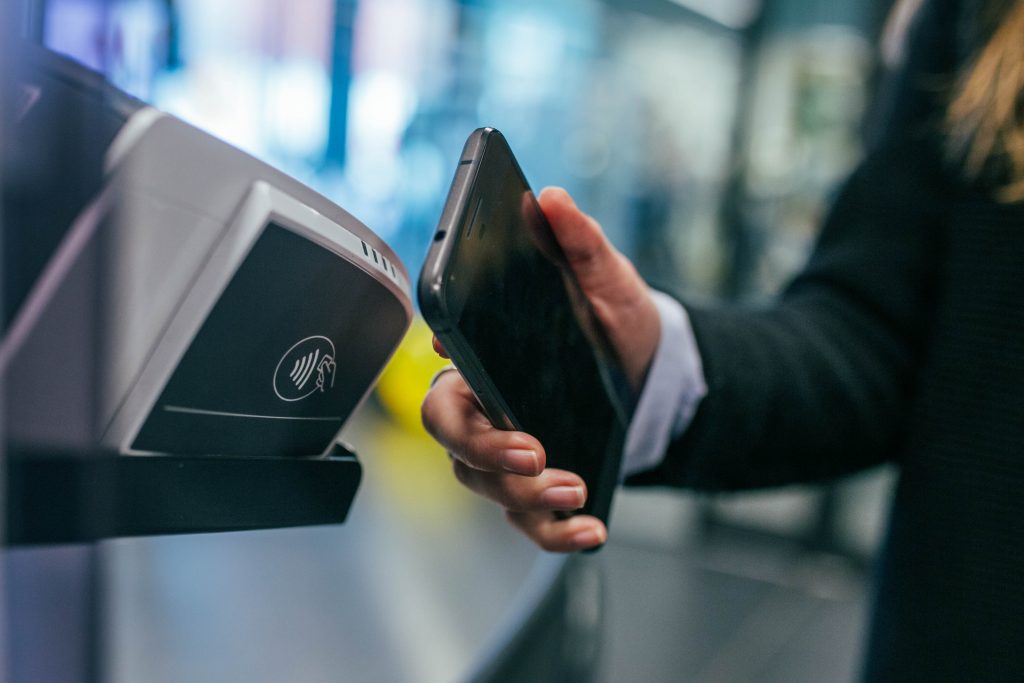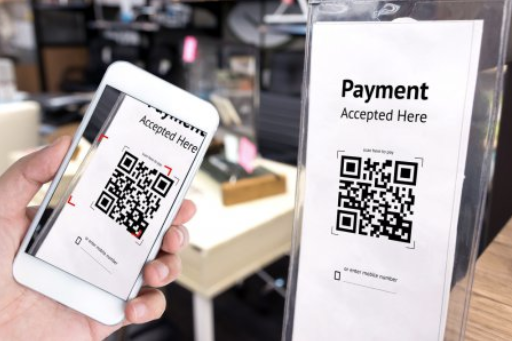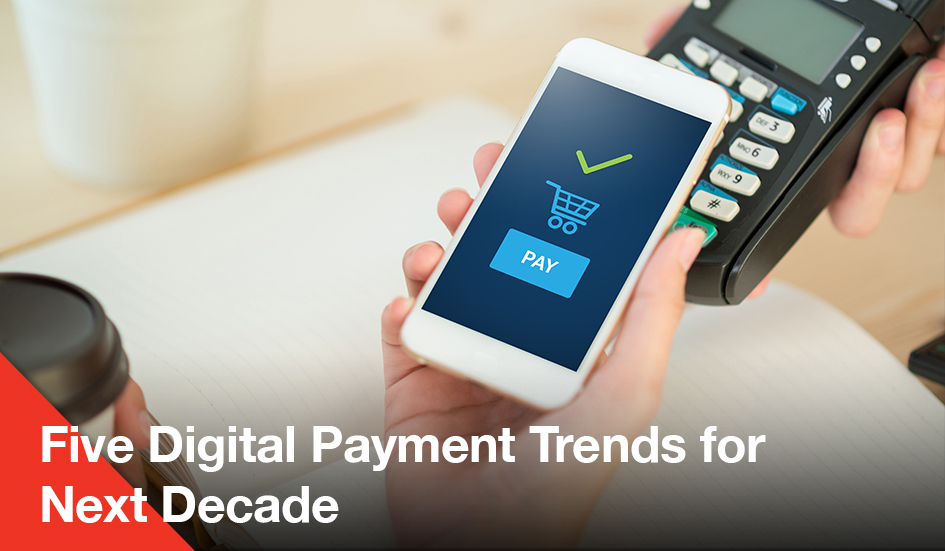The next decade marks an incredibly important time for the digital payment industry. We are looking at not just remodelling of the current digital payment system but also a massive wave of advanced digitization and a heightened focus on digital payment experience. Online payment systems, cryptocurrency, improved fraud prevention, and more will be the prime focus in the next decade. A revolutionary global effect has been made by mobile apps like Pay2Go and PayPal on the way to make mobile payments. Banks, financial institutions, fintech enterprises have been benefitting from open APIs and fintech megatrends and applications while fintech has transformed the financial services industry immensely. Here are the most crucial five digital payment trends that are set to revolutionize the industry even further.
1. Rise of bundled financial services

In the wake of a fast-moving world that’s increasingly looking to add as much convenience and ease to their lives, people are looking to do more in one single go. This need to do more is where bundled financial services will come into play. We will soon be using mobile payment apps with a single interface for multiple cards and bank accounts. Users can easily switch from one bank account to the other using a single tap.
Users will be able to view aggregated information and easily switch between one account to the other seamlessly. Such bundled services add additional value to the user’s experience of digital payments and help them pay as they go. Users won’t have to log into multiple online payment gateways to get the job done.
2. Widespread adoption of cryptocurrencies in mainstream digital payments

How Bitcoin transactions work is no secret to the world anymore. This decentralized platform of digital payment was adopted and rejected alike. However, cryptocurrency has continued to become a rising point of interest in the digital payment industry since it is not and cannot be regulated by a central financial institution.
With Bitcoin becoming more energy-efficient and fast, it is expected to gain more widespread adoption in mainstream digital mobile payment methods. The adoption of cryptocurrency is already picking up speed in the countries where Bitcoin is accepted. Moreover, it’s not just Bitcoin but also other cryptocurrencies that are expected to serve as great digital wallets shortly. They offer higher security (two-factor authentication) than credit cards and are also decentralized. Thus, traditional financial institutions won’t be able to restrict its price movements.
Plus, they also won’t have any control over transaction or processing fees when making payments via cryptocurrencies, thus eliminating these extra charges. Soon, this innovatively creative online payment system will witness a boost in its performance and usage.
3. Digital wallets will continue with a global explosion

Digital wallets have picked up significant speed and added immense value in their digital payments experience. They have also integrated themselves with numerous services like e-commerce stores, ride-hailing apps, and food delivery apps to make the payments immensely fast and convenient. In the next decade, we will witness a global explosion of this technology. A recent report suggested that by 2027, 36% of all payments will be contactless.
The wide-scale usage of these has already become widespread in Asian countries, especially in China. Mobile payments in China have become quite popular with “Alipay” becoming a favorite choice. Such digital wallets will also see significant adoption with the launch of similar digital wallets by big IT giants, namely Facebook Pay and WhatsApp Pay.
4. New approaches for fraud prevention and heightened security
The one area where digital payment systems and financial institutions are yet to make any significant mark is fraud prevention. The next decade will see a revolutionary change in this aspect, with banks and other financial institutions increasingly looking towards offering their users heightened security.
Artificial Intelligence will play a significant role in this. Payment tokens, facial recognition, and voice recognition will become essential parts of every mobile payment application. These solutions will improve not only the chances of online authorization but also fraud prevention. As technology evolves, users will be provided with additional security layers that make staying safe in terms of digital payments not only robust but also accessible.
5. The rise of QR code payments

It won’t be long before the only digital payment infrastructure used globally would be a smartphone with a QR code. Payment providers, central banks, and several other financial institutions are looking towards giving users the simple ability to scan a QR code on their phones and make instant digital payments. The usage of these QR codes isn’t just limited to in-store purchases.
Users would soon be able to scan a QR code on their favorite e-commerce site on the laptop and initiate a payment without logging into or redirecting to cumbersome online payment gateways. This digital payment method would make the process quicker and easier, with meager chances of fraud or failed payments. Plus, eliminating the need to utilize an online payment gateway for every little transaction would also enhance the overall user experience.
Drop us a line at info@ndngroup.com to learn more about how our financial technologies help upscale your business.
